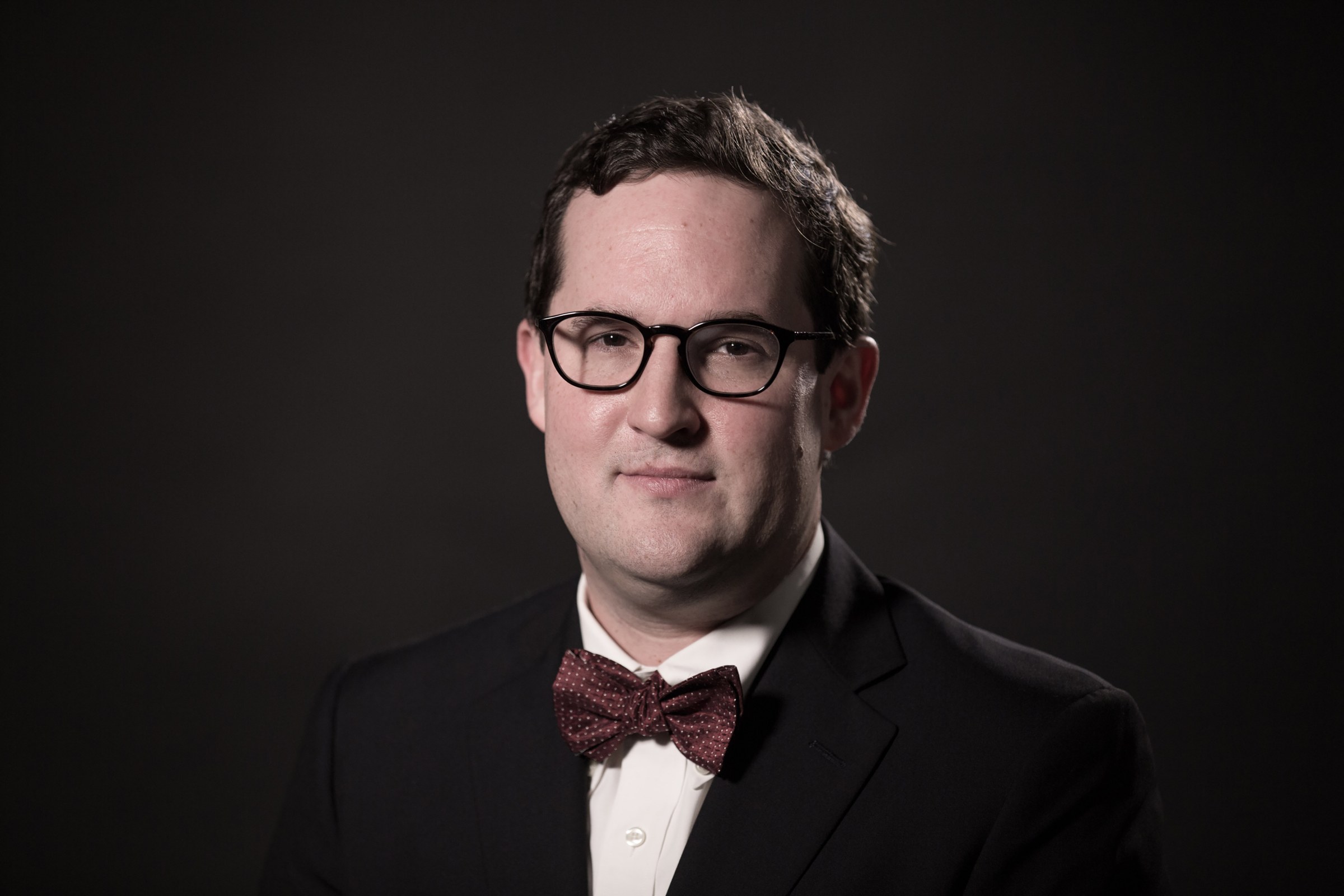Tulane School of Architecture appoints Dr. Jesse M. Keenan, Associate Professor of Real Estate

april 15, 2020
NEW ORLEANS, LA — Dr. Jesse M. Keenan, one of the nation’s leading scholars on climate change and the built environment, has been appointed to Tulane School of Architecture as an Associate Professor of Real Estate.
“I look forward to working hard to contribute to a hopeful vision for our role in making our world a better place—not to mention the top university in the country for studying sustainable real estate and the built environment,” Keenan said.
Keenan is author or editor of numerous books, including NYC 2040: Housing the Next One Million New Yorkers (Columbia University Press); Blue Dunes: Climate Change By Design (Columbia University Press); North American Climate Adaptation (Springer) and Climate Adaptation Finance and Investment in California (Routledge), which was awarded Amazon's 'Best Of' Award for "The Best Business and Leadership Books of 2018." Keenan’s research has been covered in numerous global media outlets, including The New York Times, The Wall Street Journal, The Economist, The Financial Times, PBS, BBC, CBS, CNN, among many others. Keenan’s work has been the focus of several documentary films and he regularly appears as a guest commentator on Bloomberg TV where he covers technology, business and climate change.
Keenan is widely regarded in the academy for pioneering the study of real estate and climate change. His research focuses on the intersection of climate change adaptation and the built environment, including aspects of design, engineering, regulation, planning and financing. In applying this research, Keenan has served various presidential, gubernatorial and mayoral administrations and he is currently a member of the U.N.’s Intergovernmental Panel on Climate Change (IPCC). His expertise on climate-risk and financial systems currently defines his role as a Visiting Scholar at the Federal Reserve Bank of San Francisco and as a Special Government Employee Advisor to the U.S. Commodity Futures Trading Commission.
“I am thrilled to be carrying-forward Tulane’s legacy as a leader in sustainable real estate education, as well as the opportunity to participate in a broader university community known for their high-impact interdisciplinary environmental research,” Keenan said.
Before coming to Tulane, Keenan previously served on the faculty of the Harvard Graduate School for Design, as the Area Head for Real Estate and Built Environment, and served as the Research Director of the Center for Urban Real Estate on the faculty of the Graduate School of Architecture, Planning and Preservation at Columbia University. Keenan holds degrees in the law (J.D., LL.M.) and science (M.Sc.) of real estate and the built environment, including a Ph.D. from the Delft University of Technology.
For Keenan, the reasons are clear why he chose to join the faculty at Tulane and move to New Orleans—a city long defined by its environmental exposure and precarious infrastructure. “Tulane’s leadership in engaging communities and nurturing environmental stewardship among its students and faculty has long inspired me.” Keenan says that New Orleans’ appeal is its capacity to retain its identity and social vitality. “As a native of the Gulf Coast, it is not only a homecoming after a lifetime away, it is an opportunity to engage research and service in places at the center of my own life experience.”
Tulane School of Architecture Dean Iñaki Alday said Keenan was an ideal appointment for providing thought leadership in sustainable real estate because of his drive to advance interdisciplinary teaching and research across the school and the university. Keenan’s arrival also marks the launch of the school’s new undergraduate degree program in real estate, where Keenan will be teaching core components of the curriculum.
“Dr. Keenan reinforces the leadership of Tulane School of Architecture in reformulating the way we are occupying the territory and building our cities,” Alday said. “As the climate and health crises are showing, it is extremely urgent to design new building typologies, public spaces and development practices, a mission to which we are fully committed.”